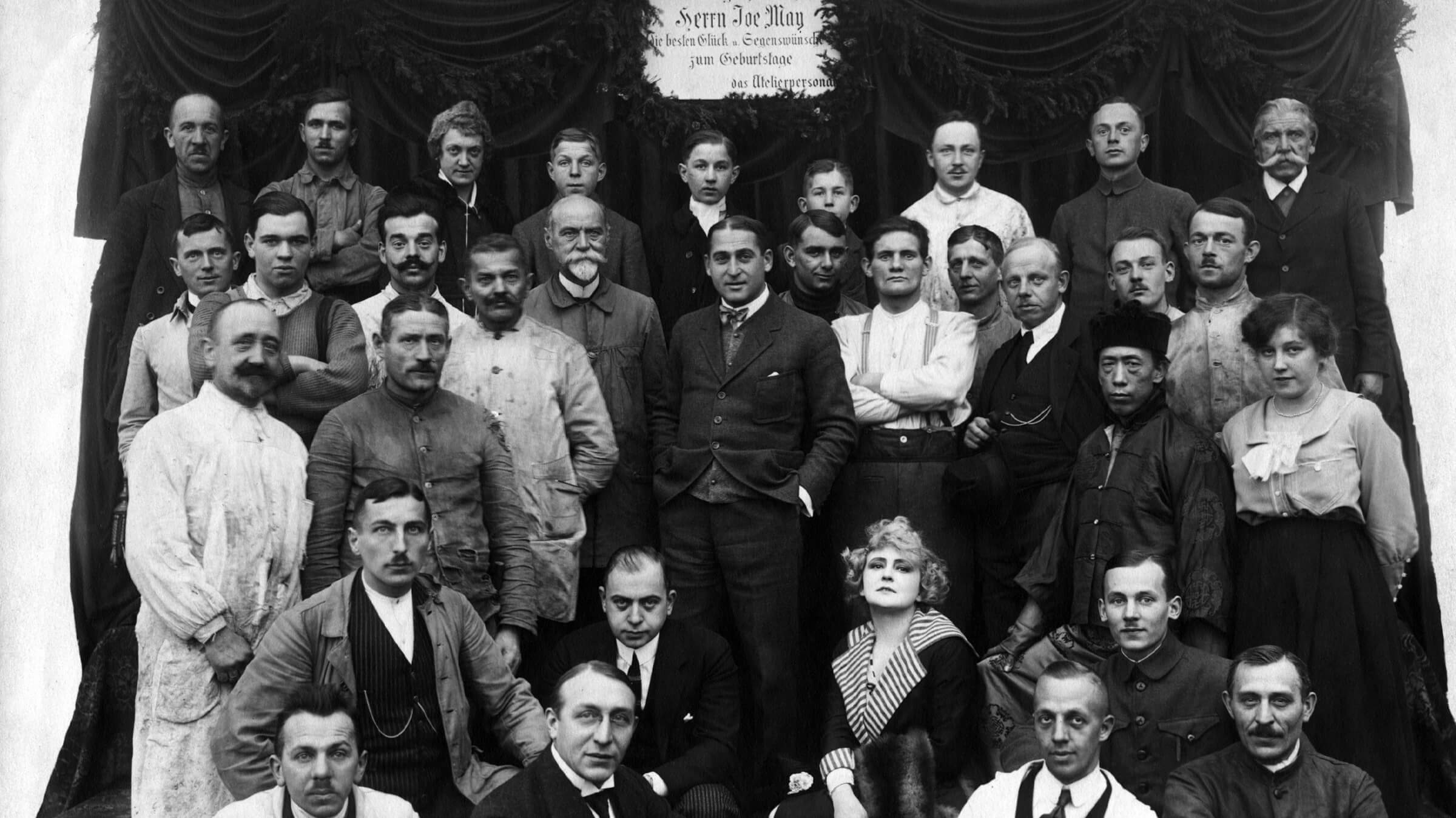Is there really a particular style that we can designate as the “style of the export film”?
Novices and amateurs in film production receive kindhearted advice from all sides: “They won’t understand that in America!” “This could be embarrassing to a Scandinavian!” “That will not relate to the French mentality!” “It would be impossible to show something like this in London!”
It could make a person anxious and afraid were one to follow all these well-meaning friends’ advice: the result would be such a colorless, conventional, boring film that even in Berlin we would have to be ashamed of it …
No, this is not the way! Americans have no shame about showing their lifestyle, their daily habits, their small sorrows, and their pleasures on film, just as they live and experience them as Americans; the French do the same, as do the Swedes. Should we alone be ashamed to show things as we see them? Why?
Nonetheless, there is an important distinction to be made. When it comes to external scenery, people often take extraordinary interest in national idiosyncrasies such as folk costumes, a people’s particular way of celebrating their festivals, ceremonies for life’s festival occasions, and the customs and comforts of social life.
But the situation is quite different if we consider the central questions of film, the basic psychological content of the drama.
Here, however, one must always come back to universal human feelings and passions while doing everything possible to avoid a particularistic approach. A hero’s unfamiliar emotional life cannot grab or enthrall foreign nationals; they confront him apathetically, at best taking a kind of cold interest in him. But such a cold interest will not suffice for a film drama to really make an impact on a foreign audience.
But are not these universal human feelings and passions precisely the deepest and truest of all? Are they not deeper and, despite their inscrutability, clearer and purer than the thousand little affects of a particular group, of which we never know whether they are truly innate or whether they have been superficially forced onto people by their milieu, politics, economic situation, and other elements of mass suggestion? Did our classic authors not work with these general human feelings, and only with them?
I would like to invoke my great and admirable colleague [D.W.] Griffith. On the occasion of his trip to London, he, too, continuously emphasized the great beauty of those emotions common to all peoples in film. But emotions common to all peoples are not just those that politicians call “international”; all pure, simple, deeply human stirrings of the soul are common. Lovers will always understand lovers; jealous husbands, jealous husbands; he who suffers the torments of conscience will never fail to recognize his similarly tortured brother. This is true even if this one is European and that one, if you like, Chinese or South Indian. The truly primal affects speak the same language–in every nation.
This way of seeing and depicting people is, in my opinion, the only method to make a film “international.” And like the path to truth more generally, the path to this international “export” style is most honorable. The film spectator will and must learn from such films how to recognize even distant and strange people from other continents whom he sees on the screen as beings similar to himself and respect them accordingly; he will no longer see them as mean, aggressive beasts of inferior race who must be struck dead in order to cleanse the world of them—as the hate-mongers who surround him would so gladly convince him to do.
Originally published August 4, 1922, in the German trade publication, Film-Kurier, and translated by Alex H. Bush for Anton Kaes, Nicholas Baer, and Michael Cowan’s omnibus collection, The Promise of Cinema: German Film Theory (1907–1933).
About Joe May
Vienna-born Joe May was a well-established director in Berlin, having made popular detective series before World War I then afterward producing and directing big-budget fare, like the eight-part series, The Mistress of the World, and the two-part adventure epic, The Indian Tomb. What May is talking about here was a much disputed subject in the movie trade press, especially as Germany saw a big director like Ernst Lubitsch go to Hollywood just as the world began opening up to imports from prior Central Powers nations. The war had, of course, devastated European production with Hollywood left the big victor. Film scholar Steven J. Ross says that in 1914 the U.S. provided “slightly more than half world’s movies; by 1919, 90 percent of the films exhibited in Europe … were made in the United States.” How to compete? The Street had its eye on international markets, as archivist Stefan Drössler points out, among other things, “The original multi-color poster featured the title in four languages … The only insert in the film is written in English.” Some critics thought this strategy was not doing German cinema any favors. “It is depressing that this wealth of German ability has to be smuggled in abroad, so to speak, down the backstairs,” wrote Vossische Zeitung’s critic. “No inscription on the street signs is dared, the policemen, clean-shaven, with foreign caps, deny their fatherland, just so no spectator on the Hudson or Thames turns up their noses.” May’s plea for universality, written the year prior to the release of Karl Grune’s landmark film, made an essential point that continued as part of the debate right up until the end of the Weimar era when the hate-mongers won out.
Pictured: Cast and crew of Ufa Studio’s The Mistress of the World. Joe May in center with hands in pocket. (Image courtesy of the Deutsche Kinemathek)

